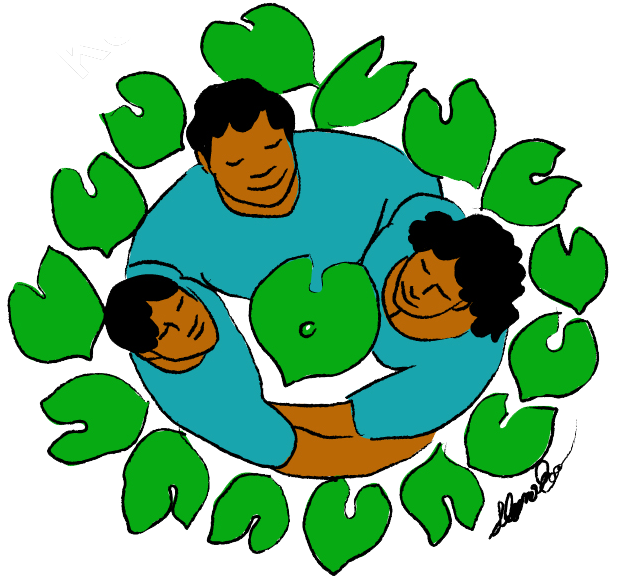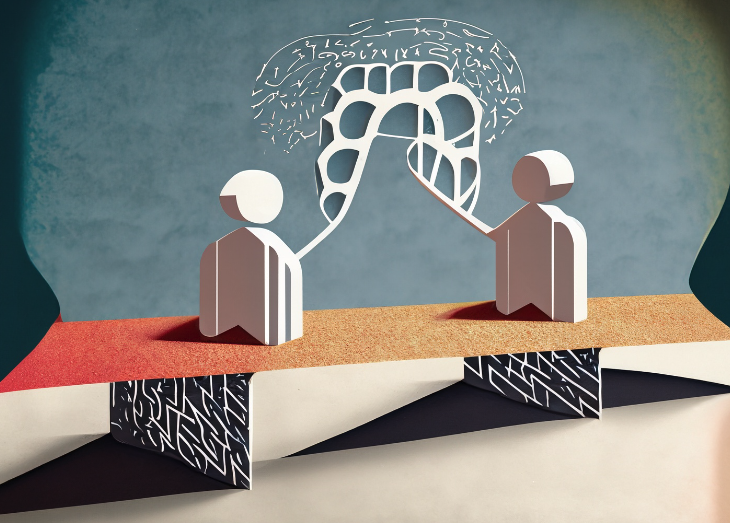Bridging The Gap
Art by the KKV Communications Team.
For many patients, going into a health clinic can be intimidating. The scheduling, fear of unknown protocol, or even trusting medical professionals can be hard for many people. Experiencing a language barrier can present the biggest obstacle for patients, often deterring them from seeking healthcare services. Consequently, this hurdle intensifies the difficulty of establishing trust with doctors and disclosing personal health concerns. It can even be impossible in some cases. Thankfully, KKV provides medical interpreters who are helping to bridge that gap.
Art by the KKV Communications Team.
The KKV Medical Interpretation training program, led by Miriama Samifua, also known as Mama Mili, and Dr. Eréndira Aldana, educates and guides staff members willing to learn about medical interpretation for patients. Throughout the 32 hours of training, the curriculum comprehensively covers state and federal laws, as well as explores the vital aspects of health, known as social determinants of health (SDOH), and healing pathways. The trainers talk about the different roles of medical interpreters and how to interpret in a clinical setting. A big part of the training is going over medical terminology. To ensure that every interpreter receives ample practice, homework assignments and role-playing activities are implemented. As part of a homework assignment, students are required to select a body system and effectively communicate its workings in their native language. To enhance comprehension, students who share the same language are paired up and collaborate on delivering a presentation. Each time, the composition of the classroom varies, fostering unique diversity within every cohort. After much success, KKV’s medical interpretation curriculum actually became a base model for other state and nonprofit agencies.
Planning a successful training comes with some challenges. Trainers are juggling class leadership alongside their regular responsibilities, which can prove to be a challenge. However, in the end, students begin to appreciate the invaluable skill they possess and how they can make an impact on people. A commonality amongst many of the students is that they once served as the sole interpreter for their families during their childhood. Through this training, they come to the realization that they are already proficient interpreters. This newfound perspective often marks a transformative moment for many students who had never viewed themselves in this light before.
Art by the KKV Communications Team.
Dr. Aldana aims to instill in the interpreters the main lesson: that they possess a unique gift. Despite lacking extensive formal training, they have a natural talent that, if nurtured, can blossom into a viable profession for those who opt for it. “We want to do the best at serving our community,” Dr. Aldana says. “So, we give the gift of allowing people to use their gifts. We give the ability to be seen, heard, and understood. While we help folks to be heard, we try to be as loving as possible.”







